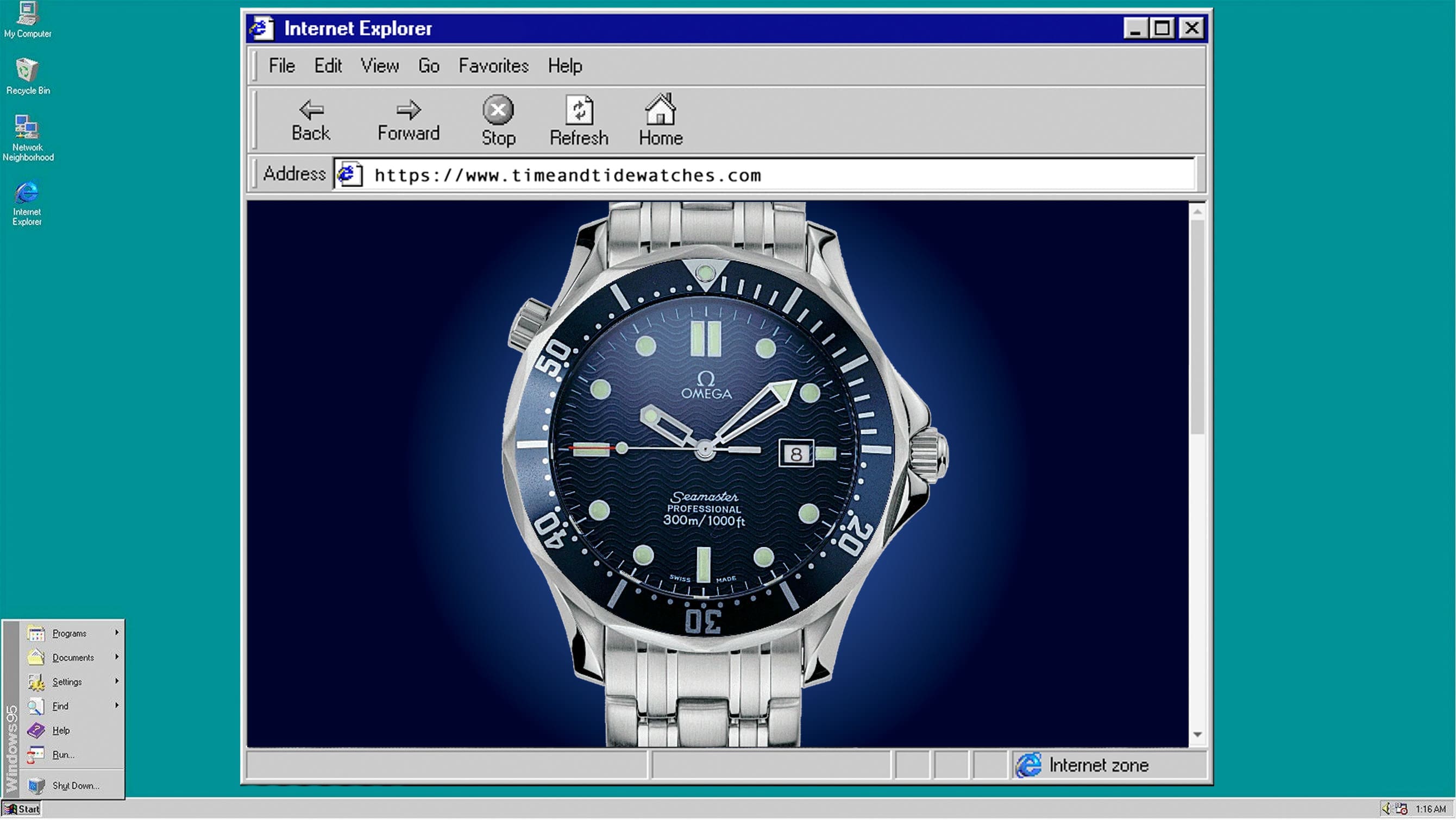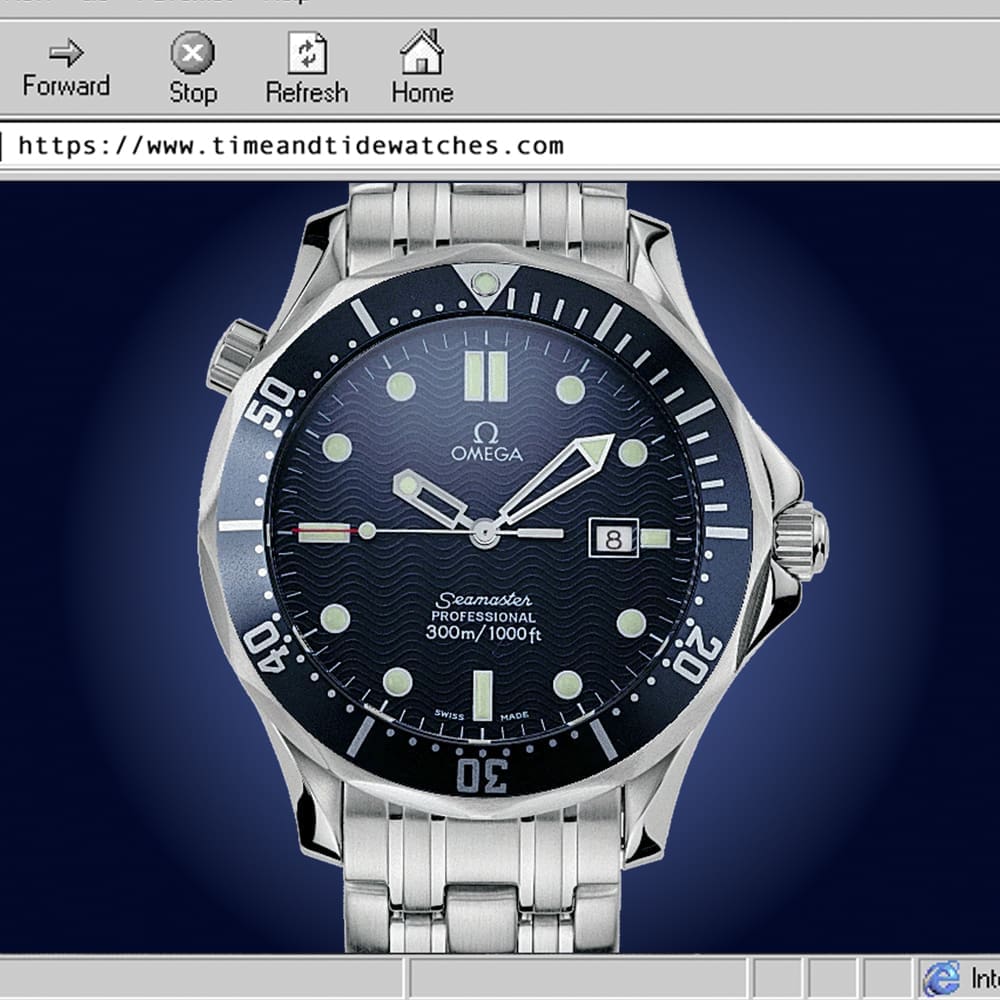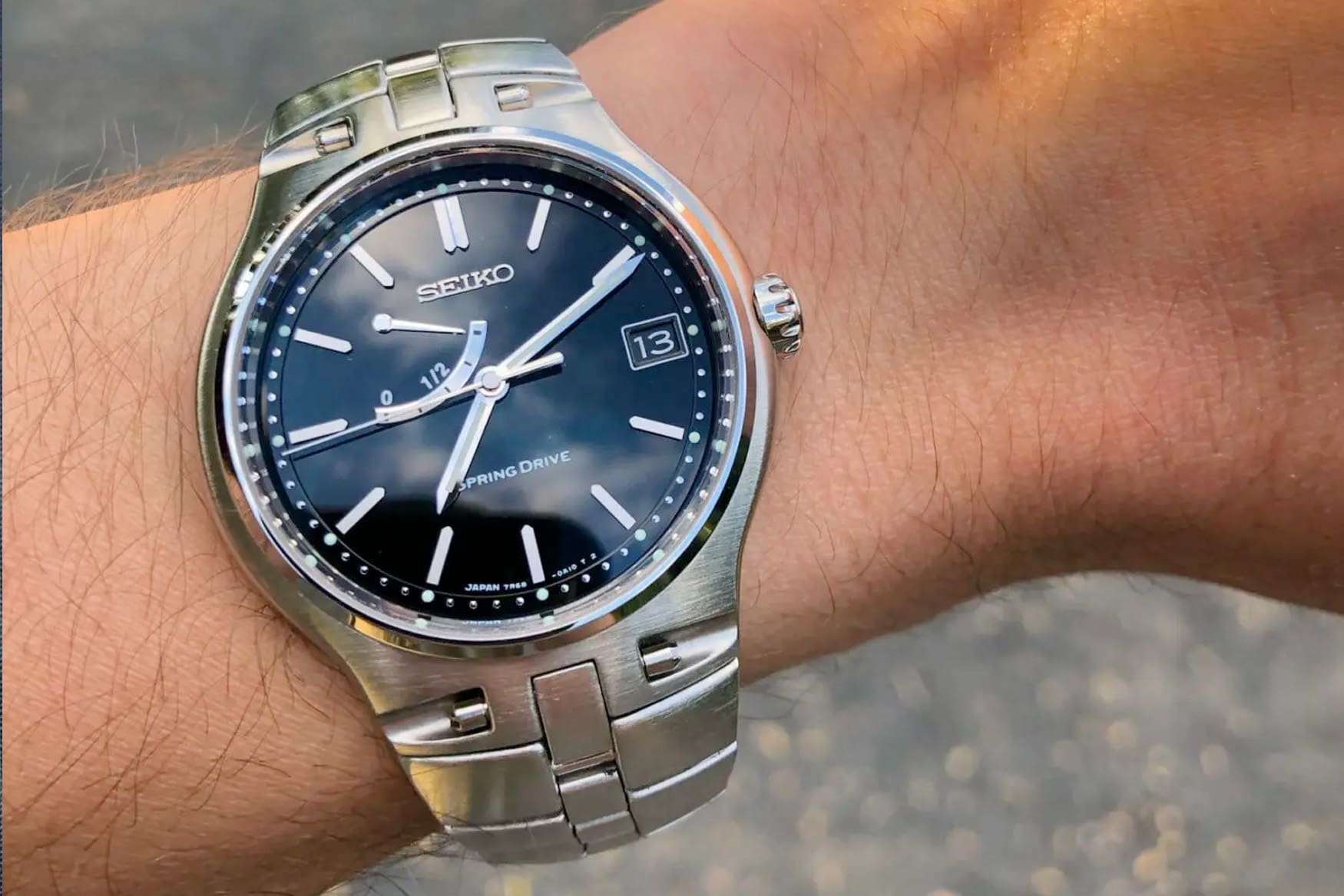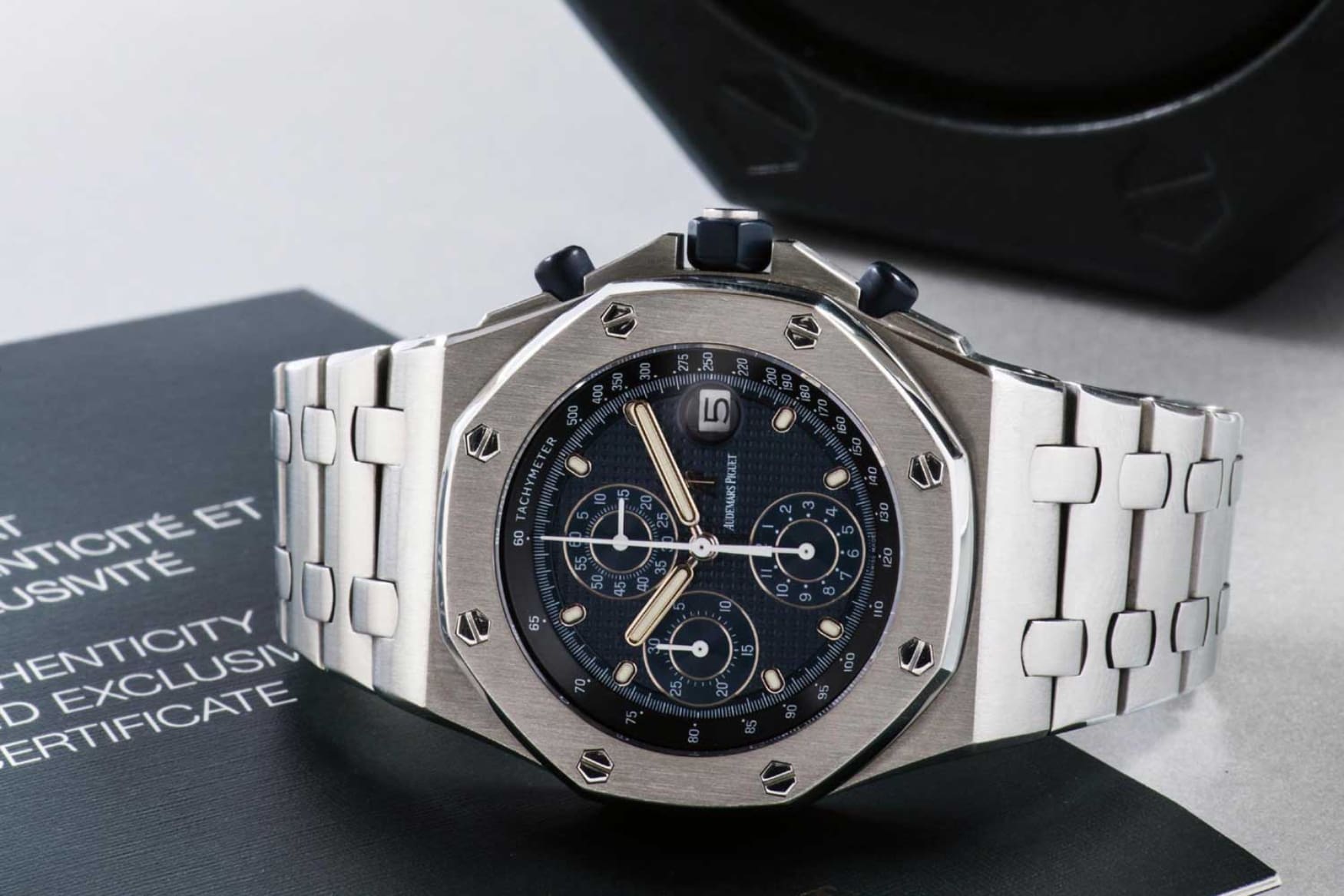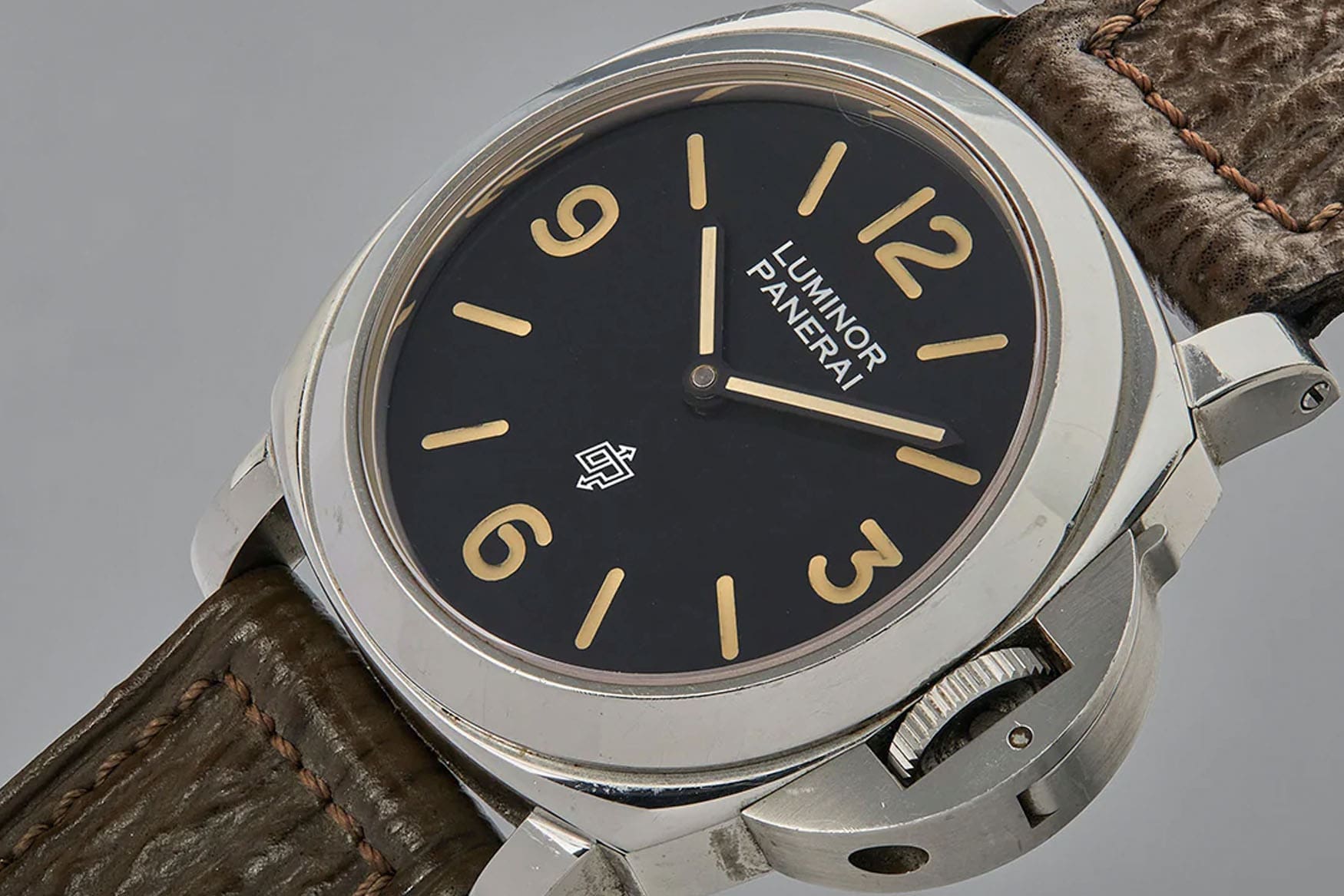Nineties nostalgia – 9 of the greatest watches from the 1990s
Tom AustinThe last decade of the 20th century was in many ways a transitionary period. Many of us clung to dodgy hairdos and clothes we had left from the ’80s, and the bands we discovered in the previous decade went on to become some of the biggest, most influential faces in the world. The birth of the internet meant we were about to embark on our journeys into a digital world, albeit slowly with the sound of the dial-up modem ringing in our ears and being told to get off the internet so someone could use the phone. While some may say the ’90s was a horological horrorshow, these transitions also branched out into the watch industry, with the rivalry between quartz and mechanical watches now more balanced than ever, and the appreciation and enthusiasm for mechanical watches began to grow once more. The ’90s brought the introduction of some of what we consider some of the most important watches today and paved the way for trends that are still going strong.
Seiko SKX007
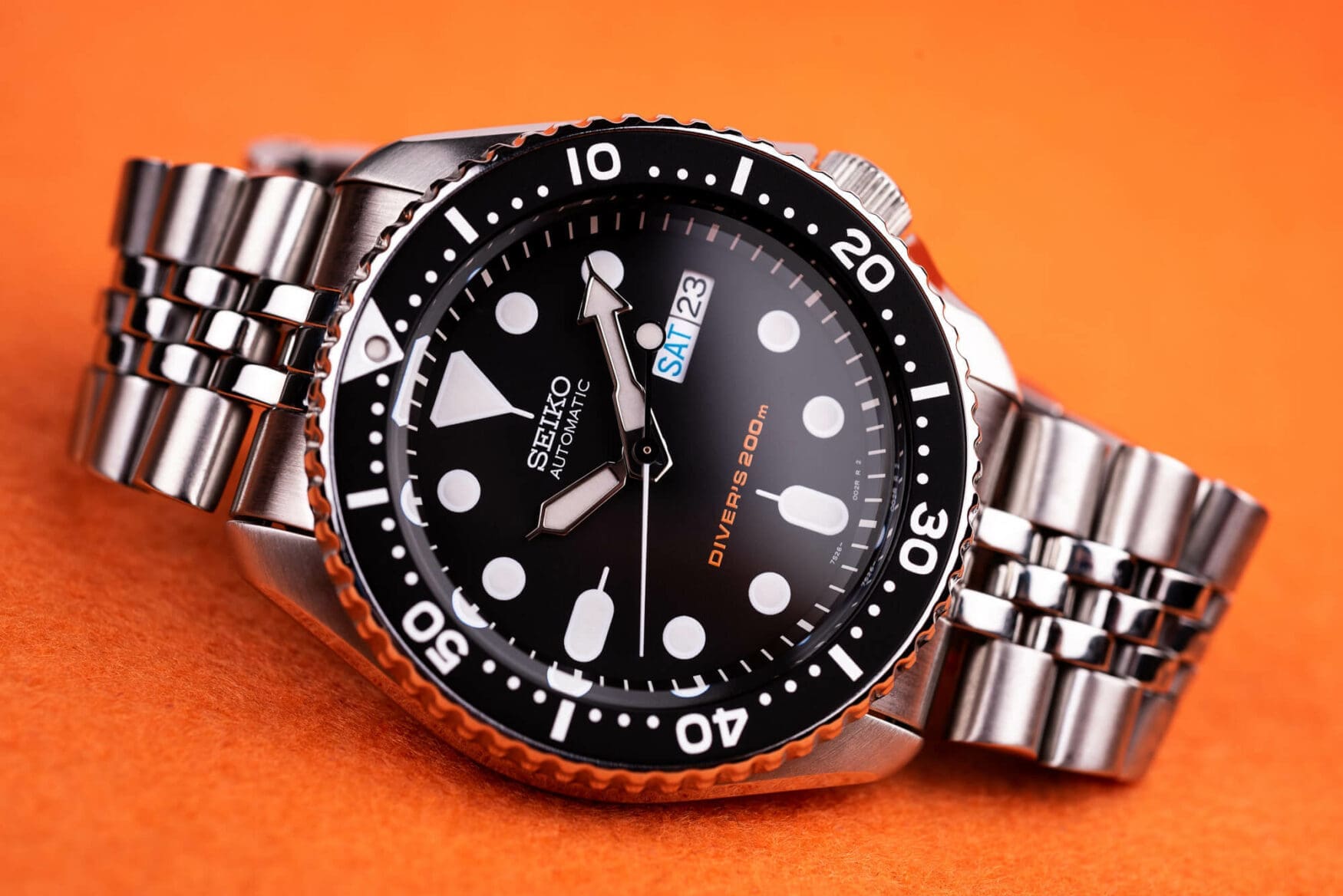
Seiko dive watches have a long history of being accessible, inexpensive and reliable. Since the debut of the 6217 in 1965, they have continued a tradition of waterproof tool watches which is very much in full flow to this day, and along the way, there have been a number of milestones. In 1996, Seiko introduced one such milestone, the SKX007, presented as a replacement to the 1960s Seiko 7002. It was an awesome, ISO-compliant mechanical diver’s watch which did everything you needed it to, for an affordable price. At a generous size of 42.5mm, its stainless steel case is chunky and heavy, but not too much so. While the dial shares common elements of most dive watches, it certainly isn’t free of its own individual design characteristics. The day and date window is well integrated into the lumed hour markers, with the 6 and 9 o’clock taking on a tic-tac shape with a small extension which, at the specific time, aligns perfectly with the extensions on the hands. The SKX007 was an excellent execution of functionality, robustness and versatility from Seiko, and I’m glad to say they haven’t stopped doing so since.
IWC Fliegerchronograph ref. 3705
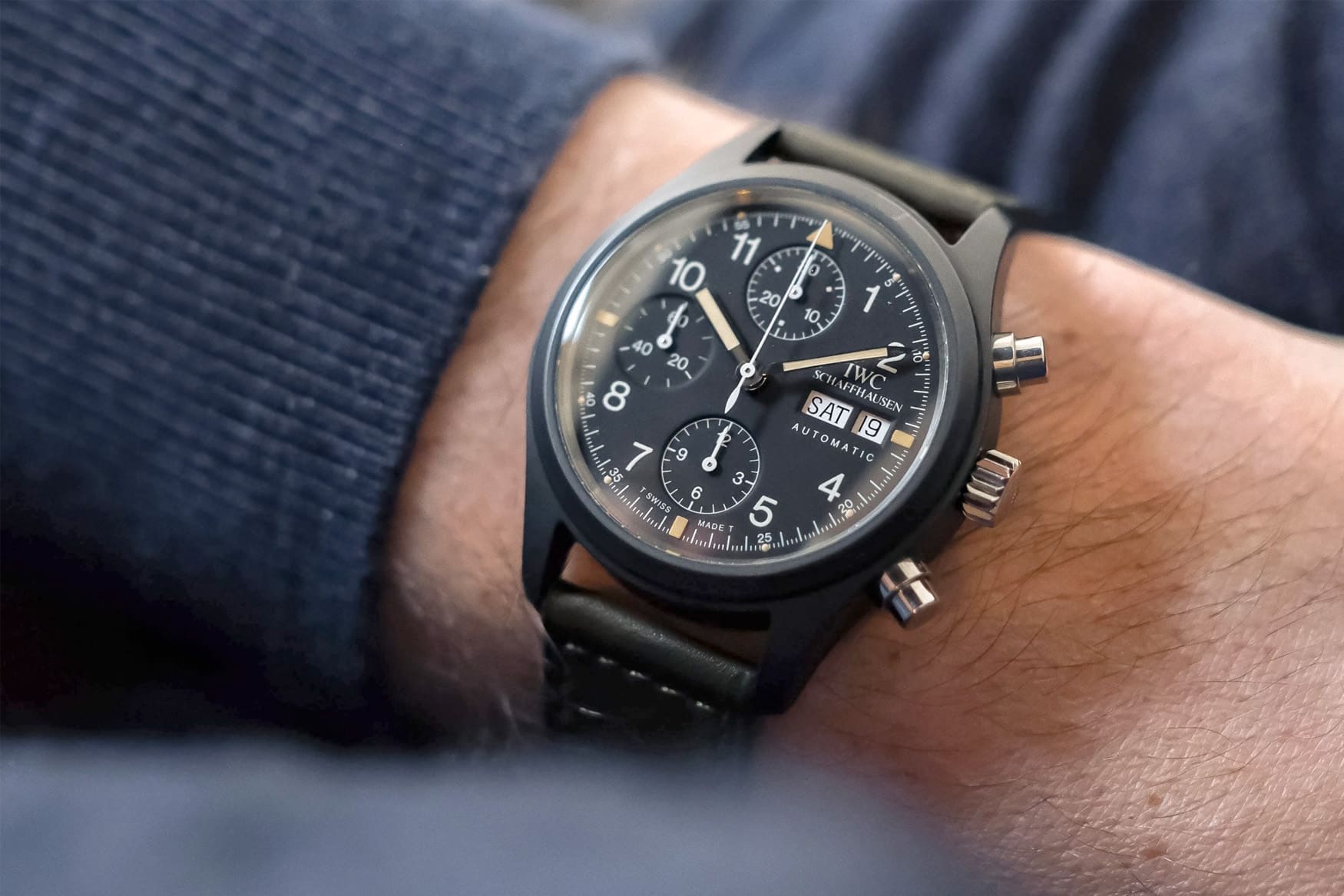
IWC doesn’t immediately strike a chord when you think of iconic watches of the past, but the 3705 is one of the brand’s most coveted and highly regarded pieces ever made. Produced between 1994 and 1998, it was created in very few numbers, as it’s thought that under 2,000 were ever produced. While it wasn’t IWC’s first ceramic watch as such, as they had been experimenting with the material in the mid-’80s, the 3705 would go on to be their first all-ceramic mechanical chronograph. Zirconium oxide industrial ceramics make for excellent watch cases, they’re hypoallergenic, extremely hard wearing, and thanks to IWC’s manufacturing techniques, practically scratch-proof. This makes any ’90s example look like a million bucks today, and with their tritium-lumed dials, they take on a wonderful patina. The movement inside the 3705 is a modified Valjoux 7750, laying forward the DNA for everything that followed for IWC, and rare enough to be an interesting challenge to find one today.
Omega Seamaster 300M ref. 25418000
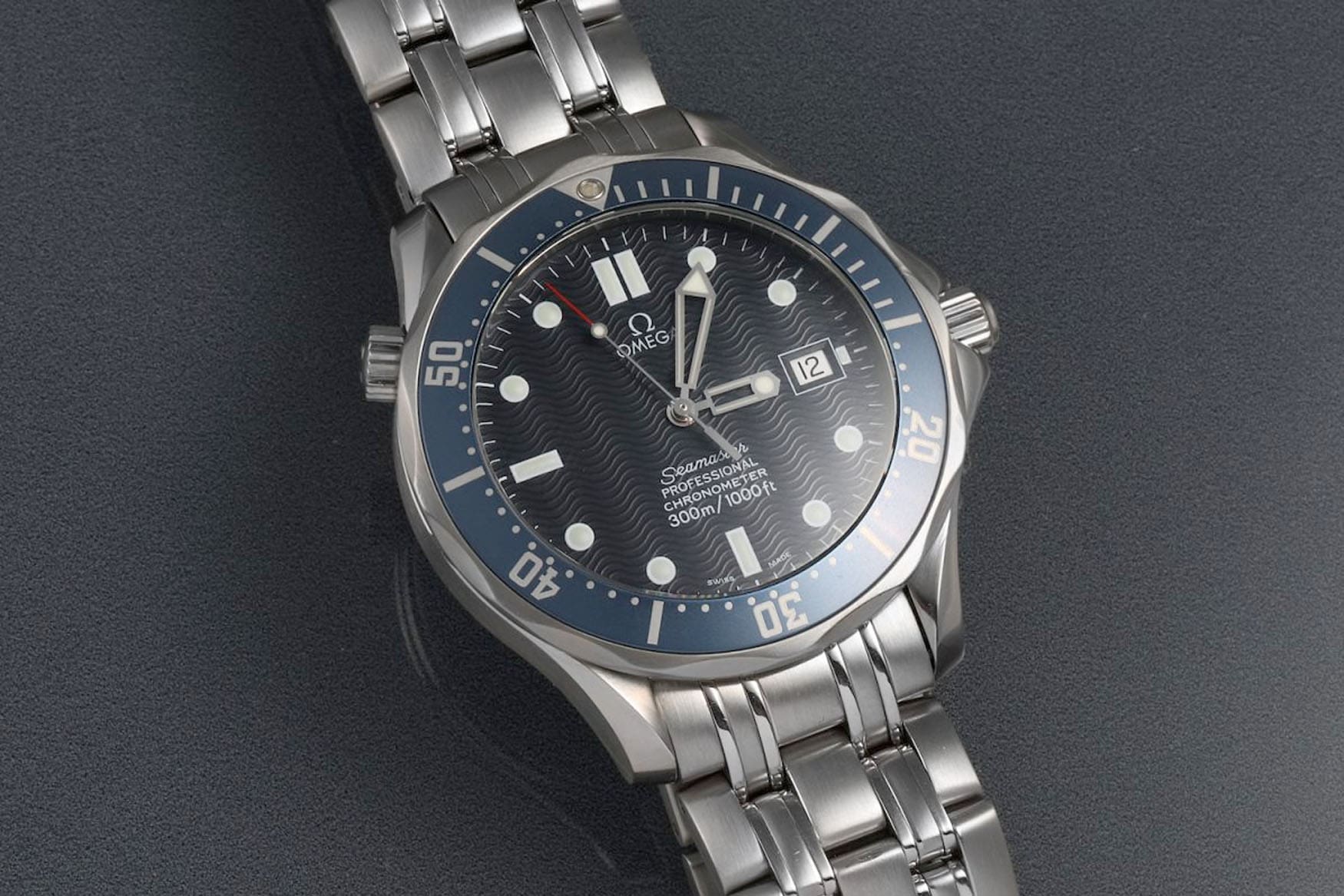
Ask most James Bond fans what their favourite ’90s Bond movie was, and they’ll probably say Goldeneye. The watch that took on the supporting role alongside Pierce Brosnan in the movie was, of course, the Omega Seamaster 300M. As part of a fresh partnership in 1995, an Omega adorned the wrist of the British super-spy for the first time, and it captured imaginations for decades to follow, with every Bond thereafter featuring an Omega. Unusually a quartz model, there are features such as a date window, a low battery indicator and a 42-month battery life. The watch itself is a typical Seamaster, with 300m water resistance, a helium escape valve, and that signature wave dial. Sorry, no lasers or explosives on this one. Collectors love this model, and many argue that in many ways, this and the automatic model that followed, are the best-looking Seamaster 300Ms ever made. They’re slimmer, more subtle, and feature understated details such as the smaller helium escape valve and machine-engraved dial. Quite simply, this generation Seamaster 300M is one of the coolest sports watches of the ’90s.
Patek Philippe Aquanaut 5060
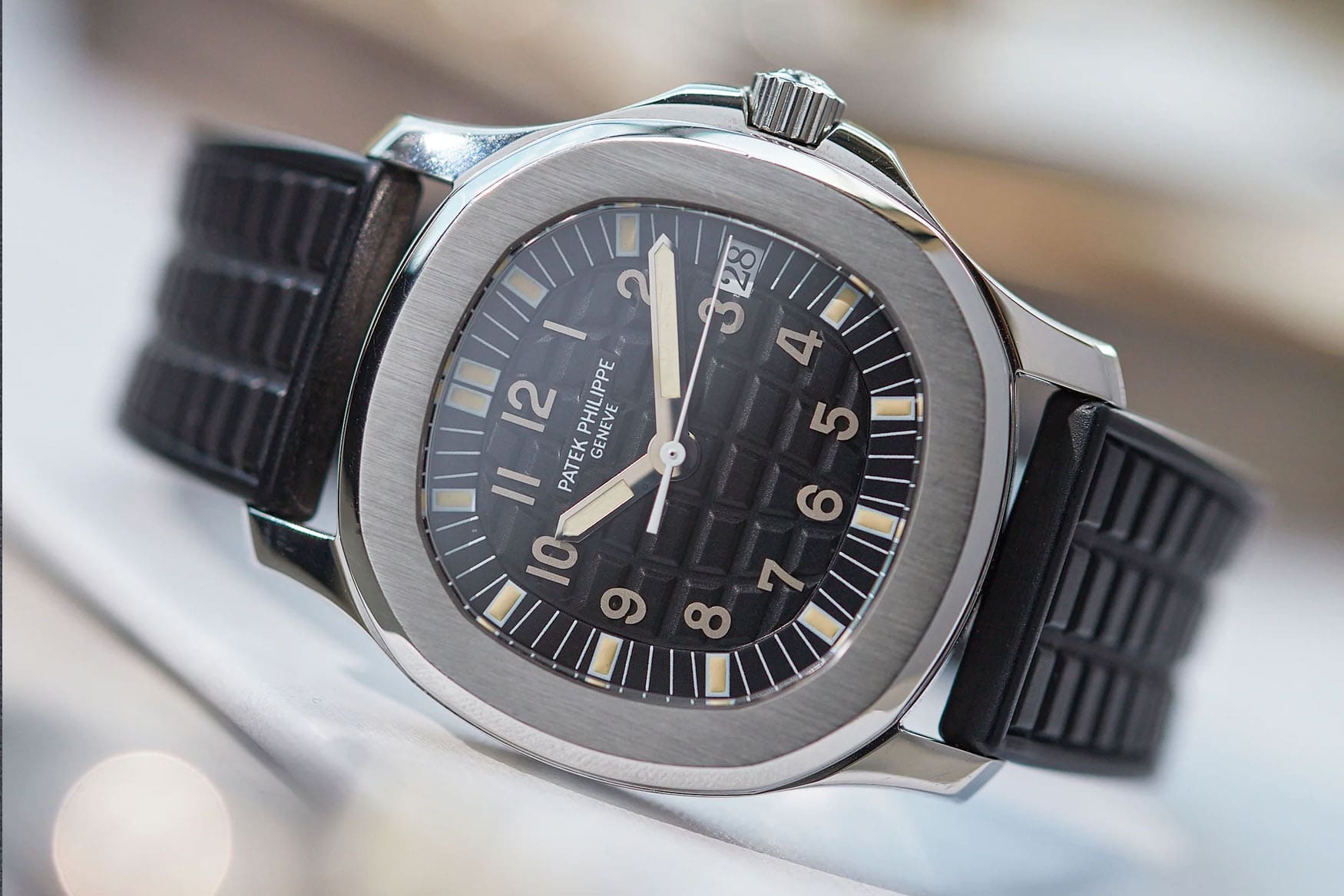
By the mid-’90s, Patek Philippe’s Nautilus was almost two decades old. It was a sports watch mostly out of reach for the younger audiences that Patek Philippe wanted to attract, so in 1997, the brand introduced the Aquanaut. The watch was not designed by the legendary Gerald Genta, but was certainly heavily inspired by his work. It featured the distinctive porthole shape of the Nautilus, but paired it with a more conventionally lugged stainless steel case. The non-conformity continued with the watch being paired to a rubber strap, a first for Patek Philippe, and a trend that had begun to take hold from the previous decade. The strap’s texture cleverly matched the grenade dial, which has gone on to become an iconic feature of the Aquanaut. Naturally extremely rare, there were only ever 1,000 5060s ever made.
A. Lange & Söhne Datograph
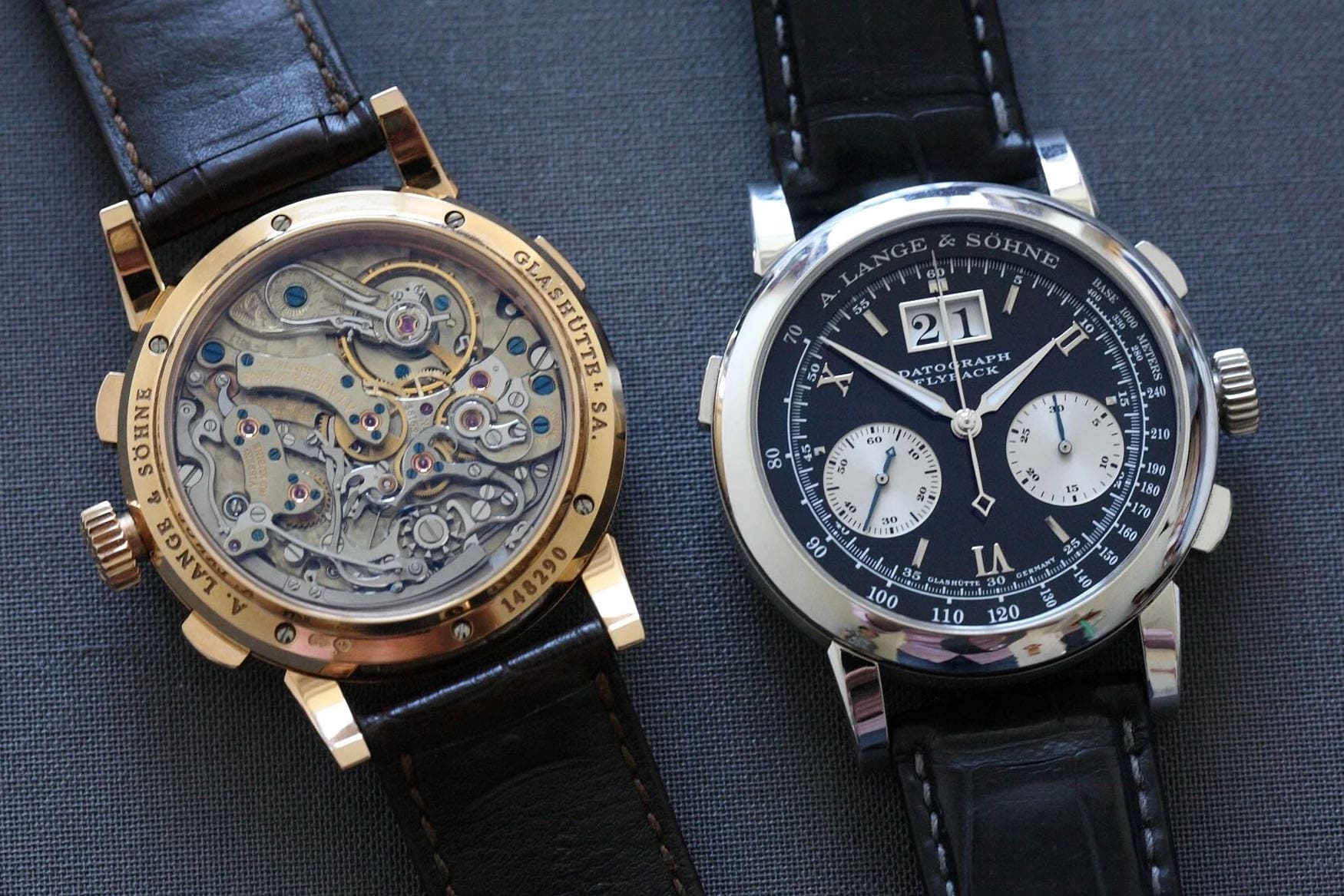
Introduced in 1999, just five years after A. Lange & Söhne unveiled its inaugural collection, the Datograph (a portmanteau of date and chronograph) stands as one of the pioneering chronograph wristwatches of the 1990s. Developed in-house, it was one of the first mechanical chronographs developed since the quartz crisis, and gained its exceptional reputation for its marvellous movement engineering, meticulous finishing, and distinctive and unconventional dial and case designs. At 39mm, it was perfectly sized – not too big, and not too small. The calibre L951.1 consists of 405 parts, and when viewed through the sapphire caseback, offers remarkable depth and three-dimensionality. The Datograph received high praise from none other than Philippe Dufour in 2007, who dubbed it “the finest chronograph movement ever crafted.” I think that says all that needs to be said.
Seiko SBWA001
The year 2000 ushered in a new century, and the months leading up to Y2K, in between everyone worrying their microwave would explode and their computers frazzle, saw the release of the Seiko SBWA001, the birth of a new era for Seiko. This was the introduction of one of the most important developments in contemporary watchmaking. The Spring Drive generates energy like most other mechanical watches via a wound mainspring, but combines this with an electronic regulator to deliver a level of precision that no other mechanical movement can match. Not just a technical wonder, the SBWA001 is also typical of that ’90s look, with the bulbous stainless steel case curving into an integrated multi-link bracelet. The dial layout shares the DNA of the Grand Seiko Spring Drives that were to follow, with the irregularly placed power reserve indicator, and lastly the exhibition caseback to show off that wonderful movement. Let’s not forget that super-smooth seconds hand that can only tell you one thing – it’s a Spring Drive.
Audemars Piguet Royal Oak Offshore
By the ’90s, Audemars Piguet was somewhat at odds with what direction to take, with the 20th anniversary of the Royal Oak looming. This watch had brought AP weighty success, but the brand had reached a point where they were in need of an upheaval. There was a trend emerging at the time, where women had begun to wear “men’s” watches, and as a result, AP needed a watch in their collection which was much more masculine and daring. The Royal Oak Offshore was the solution, a proper “man-watch”. Designed by Emmanuel Gueit, it would be the watch to attract a predominantly male, and younger, audience who wanted something rugged, water-resistant and of course, much larger than before. It was met with a mixed response, with Gérald Genta, designer of the Royal Oak publicly announcing his contempt for the Offshore design, but nevertheless, AP pushed ahead and released the watch in 1993.
It contained all of the Royal Oak ingredients, such as the octagonal bezel, integrated case, and the petite tapisserie dial, only with some significant dimension changes. The watch now sat at almost 16mm thick with a 42mm diameter case, fondly nicknamed “The Beast”, and with good reason. Despite its gargantuan proportions, the Offshore became fashionable as the demand for large watches increased, despite the dubious reasons for its inception.
Panerai Luminor
1993 was an important year for Panerai. With their history stretching back over 160 years, it may surprise you that Panerai’s first watch was actually launched in 1993, well, publicly at least. The brand had been working with the Italian military since the 1930s, however, it wasn’t until six decades later that they actually began producing watches for the public. The first watch available was what has gone on to be their most recognisable design – the Luminor. The reference 5218-201/A was produced in 677 examples, heavily inspired by the watches supplied to the military.
“Heavily inspired” is somewhat of an understatement, these watches were virtually identical. 44mm in diameter, ultra-legible matte black sandwich dial, and the signature crown-protection device guaranteeing water resistance to 300 metres. The traditional cushion-shaped design was there, but ever-so-slightly reworked from the original prototypes. Soon after the release, big watches gained significant popularity, especially once Sly Stallone expressed his fondness of the brand. Panerai even remade 212 of the original prototypes and released them as Stallone special editions. As we know, trends move in cycles, larger watches are falling a little off trend more recently, however, these original Luminors have gone down in history, and will forever be an important piece of it.
Rolex Daytona Zenith 16520
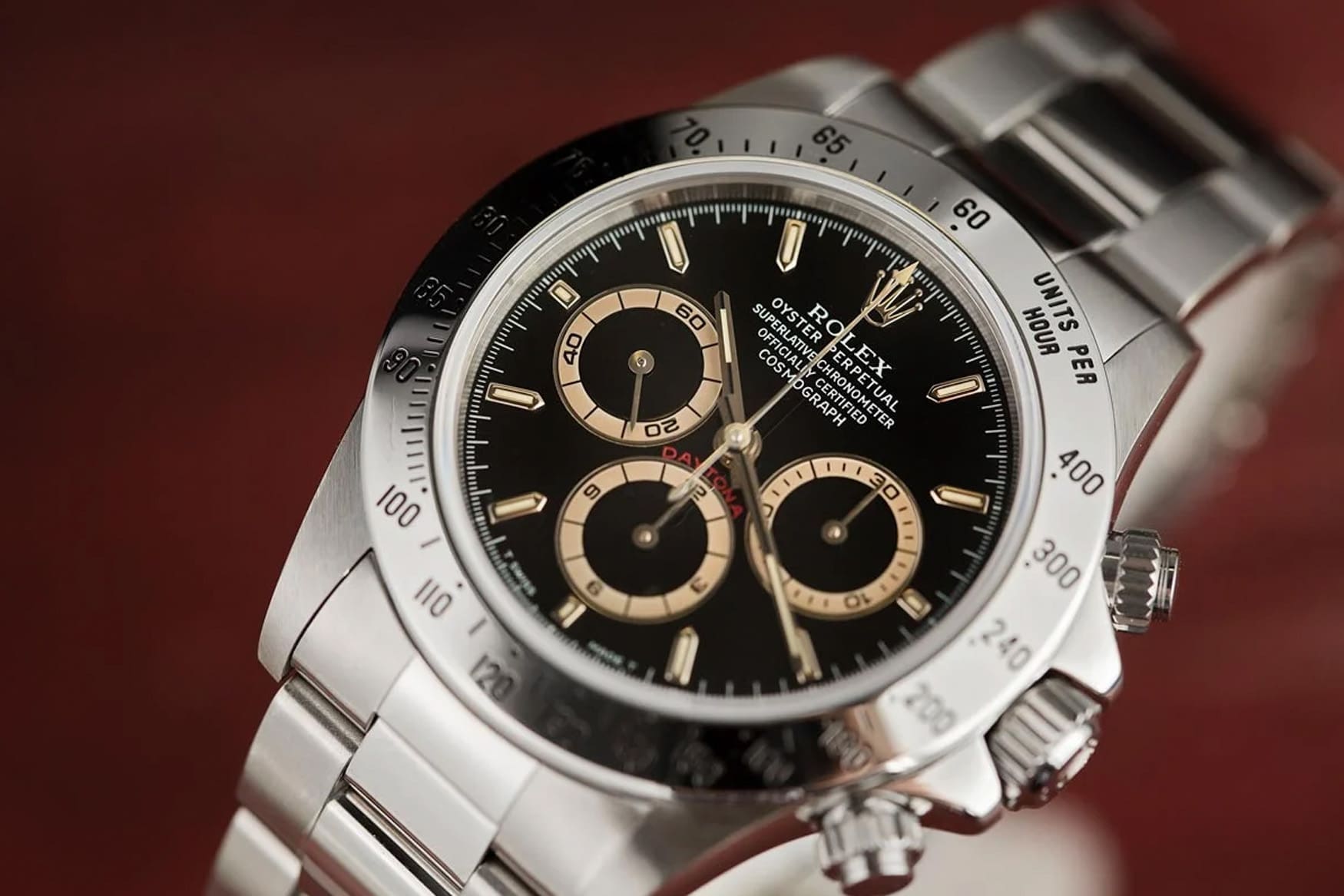
You may know by now that the vintage Daytona world is a nuanced one, especially as we got close to the end of the 20th century. There are numerous iterations throughout this period, and notably, a lot of those fell within the 16520 reference category. While the stainless steel 16520 was introduced in 1988, there are good reasons why it should be on this list. For a start, it dominated the ’90s, with production finally ceasing in the year 2000, and within that period, around eight different versions of the watch existed, each with their own subtle differences. Most of them were dial-related, such as the DAYTONA text with or without serifs, inverted 6 in the subdial, alternative typefaces and positions, and the switch from tritium to luminova. There are even the fabled porcelain dial Daytonas, which are extremely rare and command the highest prices of all 16520s.
The watch was produced in the period before Rolex had their own chronograph, and as a result, relied on an extensively modified Zenith El Primero 400 movement. This in itself is highly prized by collectors as it represents the final watch to use an external movement in a Rolex. Arguably, the Rolex Zenith 16520s are possibly the most undervalued and overlooked Daytonas on the market, as they are about to hit true vintage status, and if the vintage Daytona market is anything to go by over the last decade, we could be in for an exciting (and expensive) time for these.




